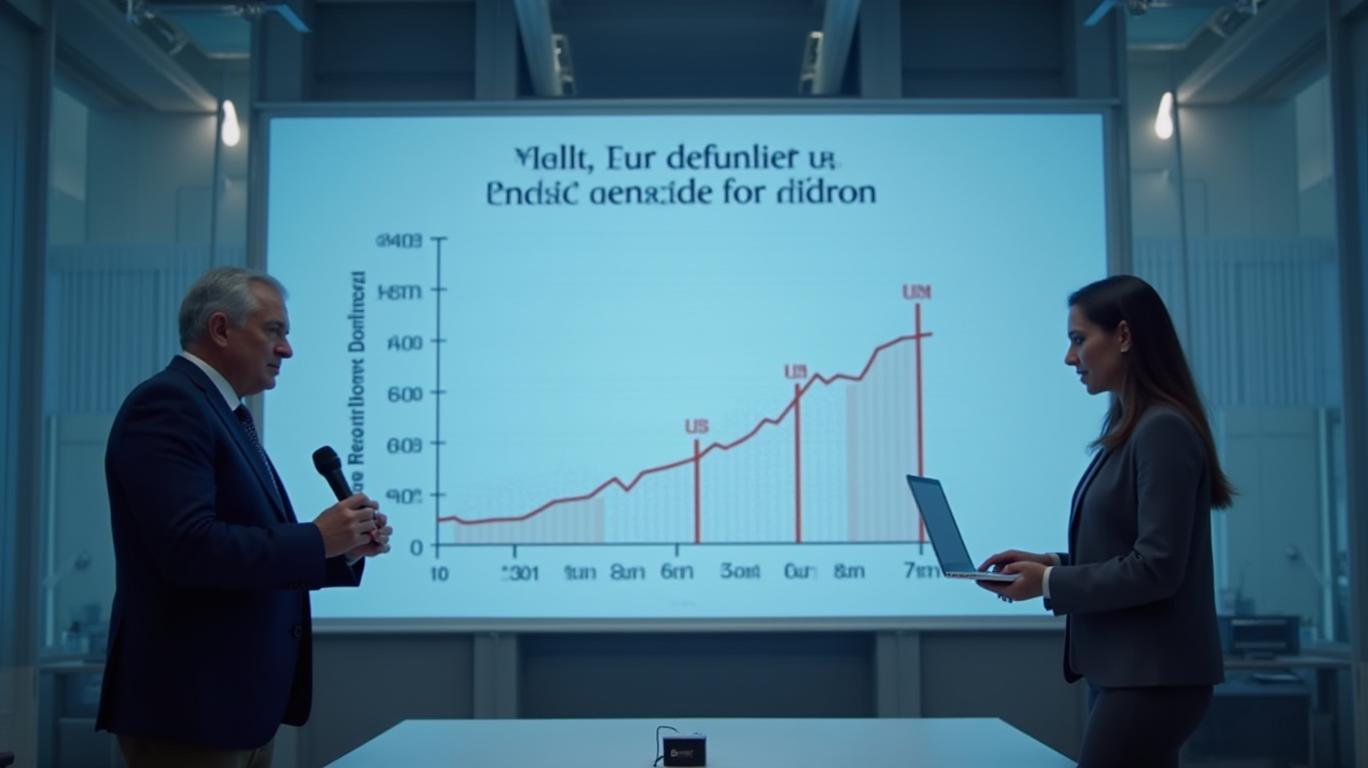Mesa Royalty Trust's April 2025 Distribution Reveals Vulnerabilities in Energy-Dependent Income Streams
The mesa royalty trust (MTR) has announced its April 2025 income distribution, offering a stark reminder of the fragility of energy-linked investment vehicles. With a paltry $0.025 per unit payout—down sharply from prior months—the Trust’s latest figures underscore the precarious balance between volatile commodity markets, operational dependencies, and the structural constraints embedded in its design.

The April distribution, payable in July, reflects a near-collapse in the Trust’s revenue streams. Total proceeds of just $75,928, all derived from the New Mexico portion of the San Juan Basin, highlight the geographic and operational concentration of MTR’s income. Hilcorp San Juan LP, an affiliate of Hilcorp Energy Company, remains the sole operator contributing to the Trust’s proceeds this month, while other working interest owners reported zero income. After deducting administrative expenses, the Trust’s distributable net profits fell to $46,620—a figure that must also cover its obligation to build a $2.0 million cash reserve.
This reserve-building requirement, disclosed in the Trust’s April press release, adds another layer of uncertainty. Until the Trust accumulates sufficient liquidity, distributions will remain suppressed. As of April 2025, it is unclear how close the Trust is to meeting this target, but the paltry April proceeds suggest progress will be slow.
A review of historical distributions reveals a steady erosion of returns. In 2023, average monthly distributions hovered around $0.10 per unit, but by early 2025, payouts had plummeted to pennies. This decline mirrors broader trends in the energy sector, where legacy assets like the San Juan Basin face declining production, rising operational costs, and the existential threat of energy transition policies.
The Trust’s structure amplifies these risks. As an overriding royalty interest, MTR’s income is a function of net proceeds from oil and gas sales minus production costs, administrative expenses, and legally mandated reserve contributions. However, the Trust has no control over production levels or cost management—those decisions lie with Hilcorp and other operators. This lack of operational control, combined with the Trust’s obligation to prioritize reserve-building, creates a “double whammy” for unitholders: lower revenues and higher retained capital.
Forward-looking risks are equally daunting. The Trust’s Form 10-K for 2024 warns of “substantial excess production costs” that could further erode distributable income. For instance, if prior-period expenses exceed current revenues—a common occurrence in declining basins—distributions could vanish entirely. Additionally, the Trust’s reliance on third-party data reporting introduces another vulnerability. Errors or delays in data from working interest owners could distort cash flows, as the Trust has no mechanism to audit or contest these figures.
Geopolitical and macroeconomic factors loom large as well. The Trust’s exposure to oil and natural gas prices means it is hostage to global supply-demand dynamics. In April 2025, for example, U.S. natural gas prices averaged $2.42 per MMBtu—a 22% drop from the same period in 2024—further compressing margins. Meanwhile, the San Juan Basin, a mature field, faces declining production volumes, with the U.S. Energy Information Administration projecting a 15% drop in New Mexico gas output by 2030.
The Trust’s governance structure offers little solace. As a passive entity, MTR cannot invest in new wells or technologies to reverse production declines. Its sole recourse is to wait for operators to decide whether to reinvest in the basin—a decision increasingly influenced by the economics of renewables and carbon regulation.
For investors, the April distribution serves as a cautionary tale. While MTR has historically offered high yields during periods of energy strength, its current trajectory reveals the perils of investing in non-diversified, legacy energy assets. The Trust’s total distributable income in April 2025—$46,620—would generate a paltry $0.025 per unit even if every dollar were distributed. To reach its $2 million reserve target, such meager returns would require years of consistent, albeit improbable, revenue growth.
In conclusion, Mesa Royalty Trust’s April 2025 figures are a microcosm of the challenges facing energy-dependent income vehicles. With production declines, cost pressures, and structural dependencies eroding returns, the Trust’s unitholders face a stark reality: this once-attractive yield play is now a high-risk bet on the survival of a fading asset. Investors would be wise to weigh the Trust’s historical volatility—its monthly distributions have varied by over 500% in the past five years—against its diminishing prospects. For all but the most risk-tolerant speculators, the writing on the wall is clear: MTR’s golden age is behind it.


_cbf77e8c1748017079428.jpeg)






















